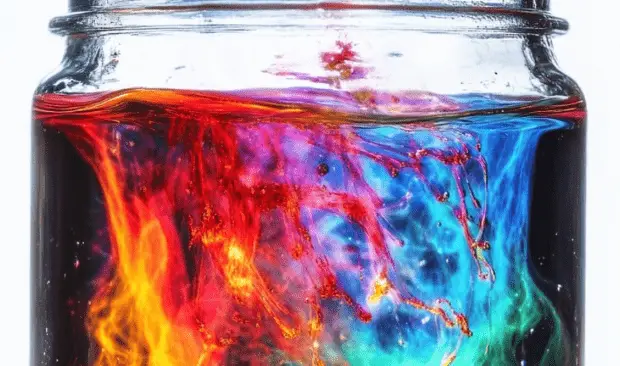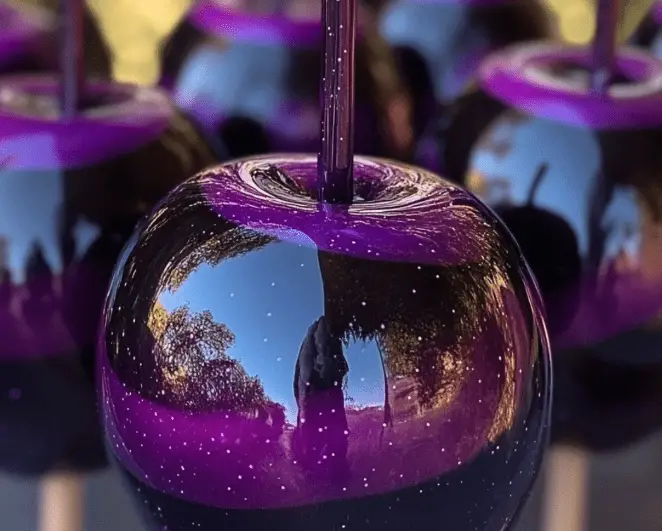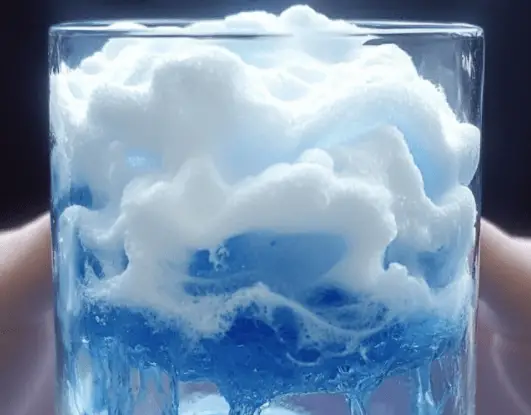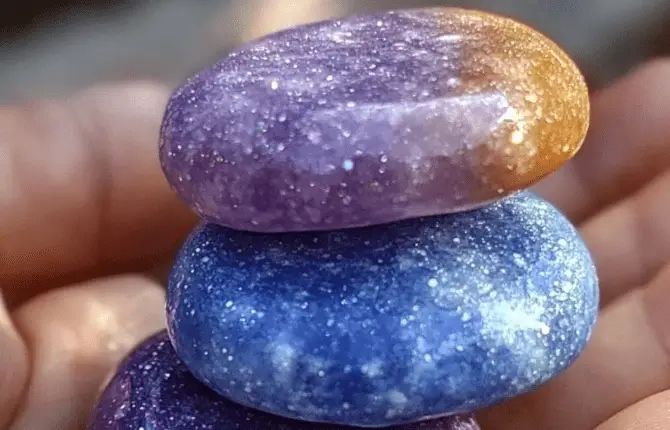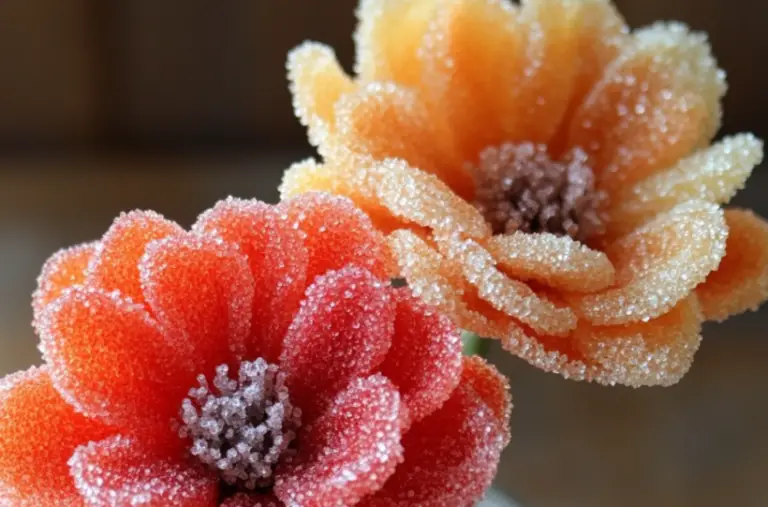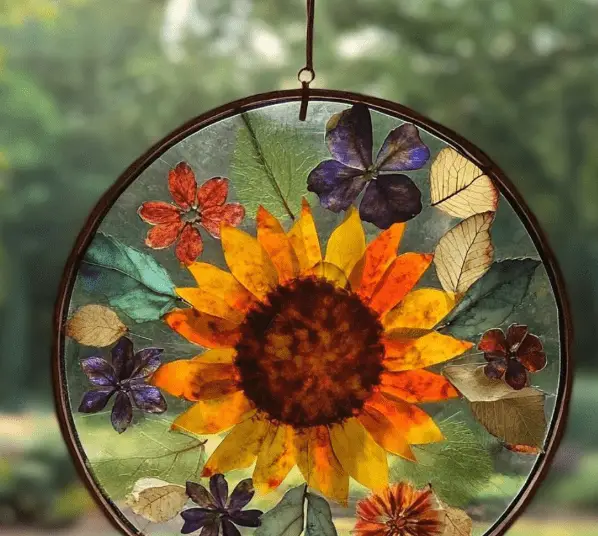Basic Kinetic Sand: A Simple DIY Craft That Brings Endless Fun
If you’re searching for a hands-on craft that delivers both creativity and sensory satisfaction, making Basic Kinetic Sand at home is a perfect choice. This simple yet captivating project is ideal for kids, parents, educators, and even adults looking to engage in a relaxing activity. With just a few ingredients and minimal cleanup, this craft transforms ordinary play sand into a soft, moldable material that feels like magic in your hands.
Whether you’re creating it as a rainy-day project, using it as a sensory tool for young children, or preparing a DIY gift for a play-loving friend, kinetic sand offers an engaging and reusable play experience. You don’t need any complicated tools or expensive supplies—just a bit of sand, a couple of common household items, and a willingness to get your hands a little dirty.
Table of Contents
Ingredients
- 4 cups fine play sand (clean, dry)
- 2 tablespoons baby oil (or light mineral oil)
- 1 1/2 tablespoons dish soap (Dawn or Joy work well)
- Optional: a few drops of food coloring for tinted sand
Instructions
Step 1: Prep Your Sand
Pour the fine play sand into a large bowl or plastic tub. It’s important that the sand is clean and dry. Sift through it with your hands or a fine sieve to remove any dirt, small rocks, or other debris that might affect the texture.
Step 2: Mix the Liquids
In a separate small cup, mix together the baby oil and dish soap. This blend will act as the binding and texturing agent that gives kinetic sand its unique consistency. If you want your sand to have color, add a few drops of food coloring to the liquid mixture and stir thoroughly.
Step 3: Combine and Knead
Slowly pour the oil and soap mixture over the prepared sand. Using your hands, begin mixing the liquid into the sand by kneading, squeezing, and folding. This part of the process can be a bit messy but is essential for achieving an even, consistent texture. Continue kneading until every grain is coated and the sand starts to clump while still retaining a soft, crumbly quality.
Step 4: Adjust for Texture
Once combined, feel the sand with your hands. If it feels too dry and doesn’t hold its shape, add a tiny bit more oil (about 1/4 teaspoon at a time) and continue kneading. If it feels too sticky or heavy, sprinkle in a small amount of extra dry sand and mix again. Adjust as needed until the kinetic sand holds together when molded but falls apart when lightly handled.
Step 5: Play and Store
Your kinetic sand is now ready to play with. Use it to build sandcastles, shape molds, or simply enjoy the sensory experience of letting it flow through your fingers. When you’re done, store the sand in an airtight container to maintain its texture and prevent drying out.
Benefits of This Craft
Creating Basic Kinetic Sand at home goes far beyond just crafting—it provides developmental, educational, and recreational value for all ages.
- Encourages sensory play: The unique texture of kinetic sand is excellent for tactile learning, helping children develop fine motor skills and explore sensory input in a safe and enjoyable way.
- Reduces screen time: This hands-on craft invites kids to engage in imaginative, offline play, encouraging creativity and cognitive development.
- Stress-relieving for adults: The kneading and molding action of kinetic sand is soothing and therapeutic, making it a great stress-buster for adults as well.
- Customizable and reusable: Homemade kinetic sand can be colored, scented, or altered in texture depending on your preferences—and it can be reused again and again.
- Budget-friendly entertainment: Compared to store-bought kinetic sand, this DIY version is significantly more affordable and can be made in larger batches.
Tips
To get the best results when making and playing with kinetic sand, consider these tips:
- Use fine, clean play sand for a smoother texture. Craft stores or home improvement centers often sell suitable sand.
- Start small with color: Food coloring goes a long way. Add just a drop or two at a time if you’re aiming for a light tint.
- Mix thoroughly: Take your time kneading the mixture to ensure the oil and soap are evenly distributed.
- Avoid over-oiling: Adding too much oil will make the sand greasy and difficult to mold.
- Play on a tray or mat: This will help contain the sand and make cleanup easier.
- Wash hands before and after: This keeps your kinetic sand clean and free of dirt or crumbs.
What Does It Feel Like?
Kinetic sand has a unique texture that sets it apart from ordinary sand. It feels soft, smooth, and slightly damp—but it never actually dries out. When pressed together, it holds its shape like modeling clay. When crumbled, it flows through your fingers in a slow, mesmerizing way. It’s this dual behavior—solid and flowy—that makes kinetic sand such a satisfying material to work with.
For kids, it’s the perfect middle ground between traditional sand and slime. For adults, it offers a tactile sensory experience that’s often described as calming or meditative. Whether you’re molding it into shapes or just letting it run through your fingers, it’s a uniquely enjoyable material to play with.
How to Store
Proper storage ensures that your homemade kinetic sand remains fresh and fun for future use.
- Use airtight containers: Plastic food containers or resealable bags work well. Make sure the lid is tightly sealed to prevent the sand from drying out.
- Keep in a cool, dry place: Store your container in a cupboard, toy chest, or play area away from direct sunlight or heat.
- Avoid water exposure: Kinetic sand does not react well to moisture. Keep it away from sinks, spills, or damp hands.
- Clean after each use: Pick out any visible dirt, lint, or crumbs before storing. This keeps your sand fresh and free from contamination.
- Check the texture over time: If the sand becomes too dry or hard, you can refresh it by adding a small amount of oil and kneading it back to life.
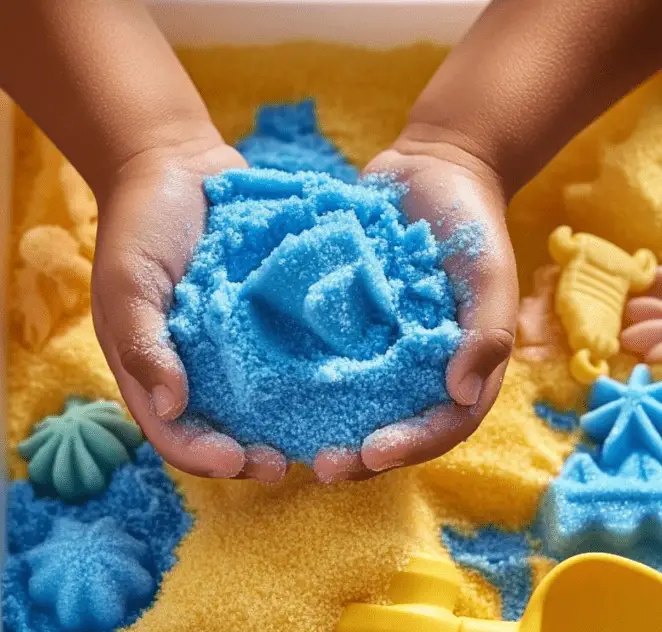
Making Basic Kinetic Sand at home is a rewarding craft that blends fun, education, and sensory exploration. With minimal ingredients and easy-to-follow steps, this project is accessible to families, teachers, and DIY enthusiasts of all levels. The result is a customizable, reusable play material that provides endless opportunities for creativity and relaxation.
Whether you’re building castles, running your hands through it, or using it in a classroom setting, kinetic sand offers a wide range of benefits. Plus, it’s an engaging way to spend quality time away from screens, fostering focus and imaginative play.
If you’re inspired by this project and want to explore more hands-on ideas, take a look at our collection of More DIY craft ideas to keep the creativity flowing all year round.
FAQ
Can I use beach sand or sandbox sand for this project?
It’s best to use fine, clean play sand that’s free from salt, dirt, or moisture. Beach sand can introduce bacteria and won’t produce the same smooth texture.
How long does homemade kinetic sand last?
When stored properly in an airtight container, it can last for several months or even longer without spoiling.
Is kinetic sand safe for toddlers?
Yes, if made with non-toxic ingredients. However, always supervise young children during play to ensure they don’t ingest the sand.
Can I add scents or essential oils?
Yes. A drop or two of child-safe essential oils like lavender or lemon can add a pleasant fragrance to the sand.
Why is my sand too dry or too wet?
Adjust the texture by adding a small amount of oil if it’s too dry, or more sand if it feels sticky or greasy.
Is this sand messy?
Compared to regular sand, kinetic sand is less messy because it clumps together. Still, it’s best played with on a tray or mat to minimize scattering.
Can I make different colors?
Absolutely. Divide the sand into batches and use different food colorings to create a rainbow of options.
What if the sand separates or loses texture over time?
Simply knead it again with a little oil to restore its consistency.
Can I bake or harden kinetic sand?
No. Kinetic sand is meant to remain soft and pliable. It doesn’t harden or set like clay or dough.
Is it safe for indoor use?
Yes. With proper containment and supervision, kinetic sand is perfectly safe and clean for indoor play.

